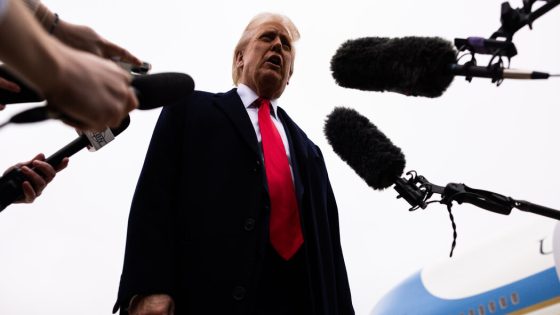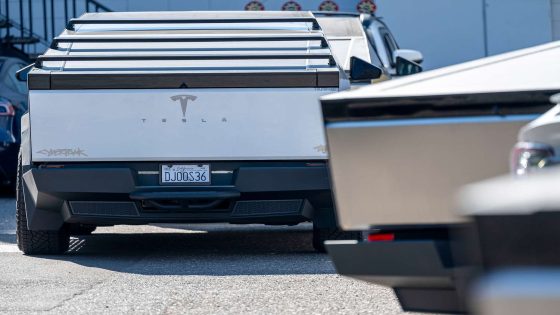On February 19, 2025, former President Donald Trump announced plans to introduce a 25% tariff on imported cars, pharmaceuticals, and semiconductor chips. This proposal aims to bolster American manufacturing and reduce dependency on foreign products, a key element of Trump’s economic strategy.
- Trump considers 25% tariff on imported cars
- Tariffs may apply to autos, chips, pharmaceuticals
- Auto tariff rate expected around 25%
- Threats of tariffs on foreign cars and chips
- Introduction of tariffs on multiple sectors planned
The proposed tariffs come amid ongoing discussions about trade policies and their impacts on the U.S. economy. Trump has emphasized that these tariffs are necessary to protect American jobs and industries from foreign competition. By targeting specific sectors, he aims to encourage domestic production and innovation.
Key details of the proposal include:
- 25% tariff on imported automobiles.
- 25% tariff on pharmaceutical imports.
- 25% tariff on semiconductor chips.
Trump’s administration previously implemented similar tariffs, citing national security and economic stability as primary reasons. The potential impact of these tariffs could lead to increased prices for consumers, as manufacturers may pass on the costs to buyers. Additionally, there are concerns about retaliation from trading partners, which could escalate into broader trade conflicts.
In summary, Trump’s tariff proposal reflects a continuation of his “America First” trade policy, aiming to reshape the landscape of U.S. manufacturing. The effectiveness of these tariffs in achieving their intended goals remains to be seen, as economic experts weigh the potential benefits against the risks of higher consumer prices and international trade tensions.
Overall, the introduction of a 25% tariff on imported goods signifies a strategic move by Trump to reinforce American manufacturing while raising questions about the broader implications for consumers and international trade.

































